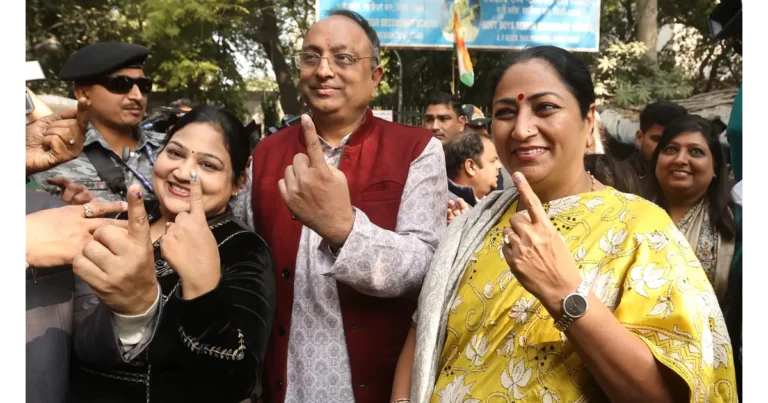
A Landmark Moment in India’s Telecom Sector
In a major stride towards realizing the vision of Digital India, Prime Minister Narendra Modi inaugurated Bharat Sanchar Nigam Limited’s (BSNL) indigenous ‘Swadeshi’ 4G network from Jharsuguda, Odisha. This launch, coinciding with BSNL’s silver jubilee celebrations, marks a pivotal advancement for the nation’s telecommunications infrastructure, emphasizing the government’s commitment to homegrown technology.
Expanding Connectivity and Empowering Rural India
Officials heralded this development as a transformative milestone in expanding digital connectivity across the country, especially targeting rural empowerment. According to a statement cited by PTI, the rollout of the ‘Swadeshi’ 4G network aligns with PM Modi’s vision to bridge the digital divide, offering enhanced services to over 20 lakh new subscribers. This initiative is also a precursor to BSNL’s upcoming 5G upgrades and integration.
Massive Infrastructure Investment: 97,500 4G Towers Commissioned
Alongside the network launch, PM Modi inaugurated more than 97,500 mobile 4G towers erected by BSNL, including 92,600 sites equipped with the latest 4G technology. These towers, built at a staggering cost of approximately Rs 37,000 crore, exclusively utilize indigenous technology. This positions India among an elite group of nations capable of manufacturing and deploying domestic telecom hardware.
Odisha’s Path to Prosperity and Semiconductor Ambitions
Addressing the nation during the inauguration, PM Modi highlighted the decade ahead as crucial for Odisha’s growth and development. He assured that the resource-rich state, which has historically faced numerous challenges, will now witness accelerated progress. A significant announcement included the approval of two semiconductor units and the establishment of a dedicated semiconductor park in Odisha. These initiatives aim to propel the state into a new era of technological and economic advancement.
Cloud-Based, Future-Ready Network Designed for Seamless Upgrades
The newly unveiled network boasts cloud-based architecture, ensuring it remains adaptable and future-proof. An official from BSNL informed PTI that this India-made network is fully prepared for seamless upgrades to 5G, reflecting a forward-thinking approach to telecommunications.
Connecting the Unconnected: Transforming Rural Digital Access
One of the project’s key objectives is to bring connectivity to over 26,700 previously unconnected villages nationwide, including 2,472 in Odisha alone. Many of these villages are situated in remote, border regions and areas affected by left-wing extremism. This ambitious expansion is expected to dramatically enhance mobile service access for marginalized and underserved communities.
Sustainable Growth through Solar-Powered Telecom Infrastructure
An environmentally conscious feature of this rollout is the installation of solar-powered towers, making it India’s largest cluster of green telecom sites. This initiative not only strengthens connectivity but also supports sustainable infrastructure development in the telecom sector.
Voices of Leadership: Emphasizing Indigenous Technology and Village Connectivity
Maharashtra Chief Minister Devendra Fadnavis praised the initiative, noting that under PM Modi’s leadership, India has developed pure indigenous technology. He emphasized the importance of extending connectivity to villages as a key step toward integrating rural India with the global digital ecosystem.
Digital Bharat Nidhi Initiative: Achieving 100% 4G Saturation
In addition to the ‘Swadeshi’ network, PM Modi launched the Digital Bharat Nidhi initiative, aimed at achieving 100% 4G saturation by connecting between 29,000 and 30,000 villages. This focused, mission-mode project further solidifies the government’s resolve to make digital services accessible to every corner of India.






